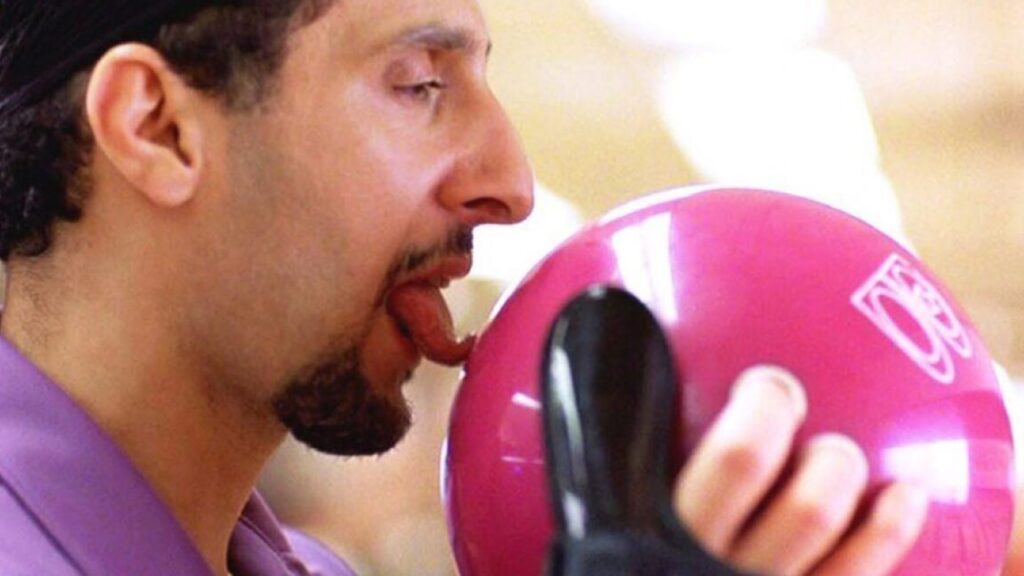More than 45 million people in the US are fans of bowling, with national competitions awarding millions of dollars. Bowlers usually rely on instinct and experience, earned through lots and lots of practice, to boost their strike percentage. A team of physicists has come up with a mathematical model to better predict ball trajectories, outlined in a new paper published in the journal AIP Advances. The resulting equations take into account such factors as the composition and resulting pattern of the oil used on bowling lanes, as well as the inevitable asymmetries of bowling balls and player variability.
The authors already had a strong interest in bowling. Three are regular bowlers and quite skilled at the sport; a fourth, Curtis Hooper of Longborough University in the UK, is a coach for Team England at the European Youth Championships. Hooper has been studying the physics of bowling for several years, including an analysis of the 2017 Weber Cup, as well as papers devising mathematical models for the application of lane conditioners and oil patterns in bowling.
The calculations involved in such research are very complicated because there are so many variables that can affect a ball’s trajectory after being thrown. Case in point: the thin layer of oil that is applied to bowling lanes, which Hooper found can vary widely in volume and shape among different venues, plus the lack of uniformity in applying the layer, which creates an uneven friction surface.
Per the authors, most research to date has relied on statistically analyzing empirical data, such as a 2018 report by the US Bowling Congress that looked at data generated by 37 bowlers. (Hooper relied on ball-tracking data for his 2017 Weber Cup analysis.) A 2009 analysis showed that the optimal location for the ball to strike the headpin is about 6 centimeters off-center, while the optimal entry angle for the ball to hit is about 6 degrees. However, such an approach struggles to account for the inevitable player variability. No bowler hits their target 100 percent of the time, and per Hooper et al., while the best professionals can come within 0.1 degrees from the optimal launch angle, this slight variation can nonetheless result in a difference of several centimeters down-lane.


